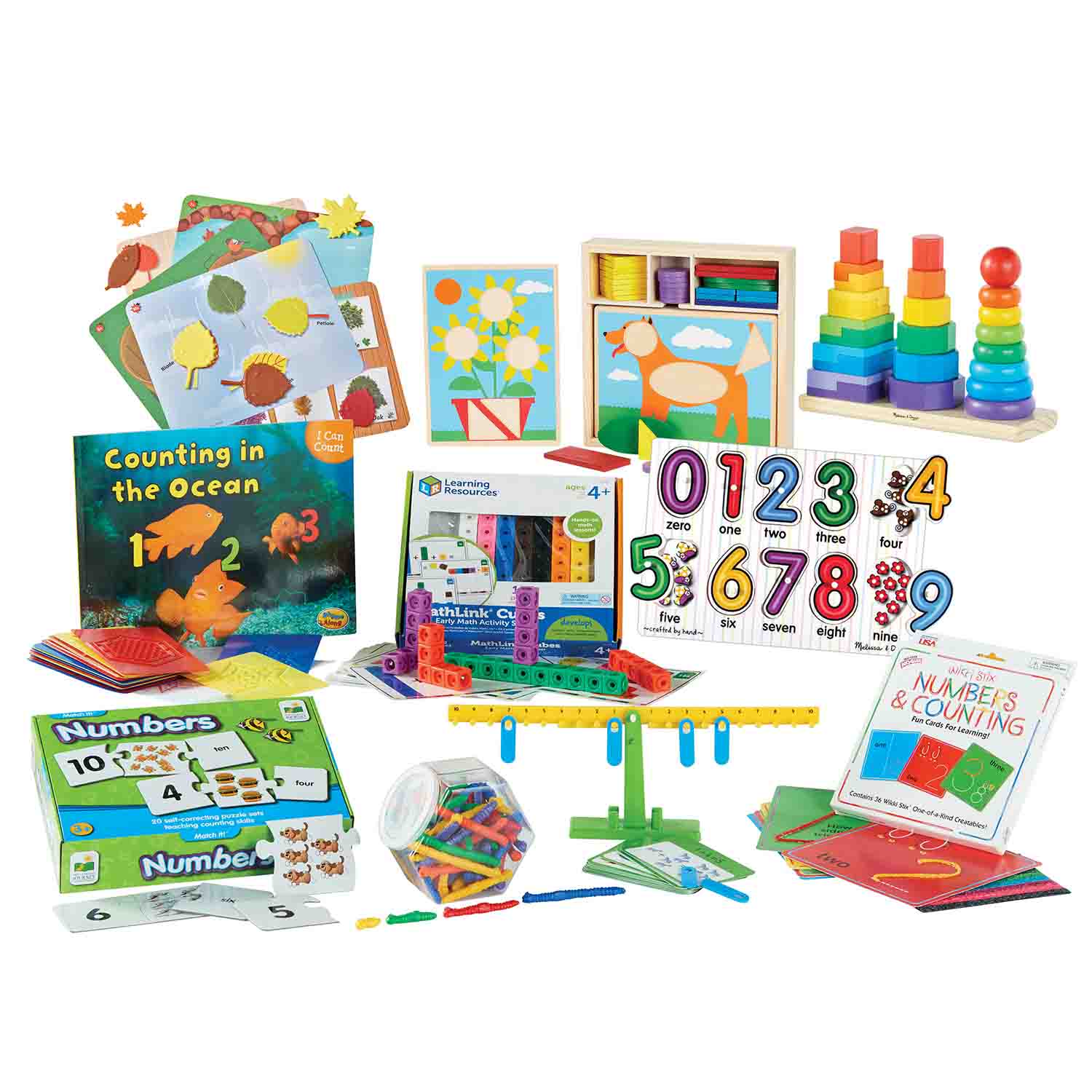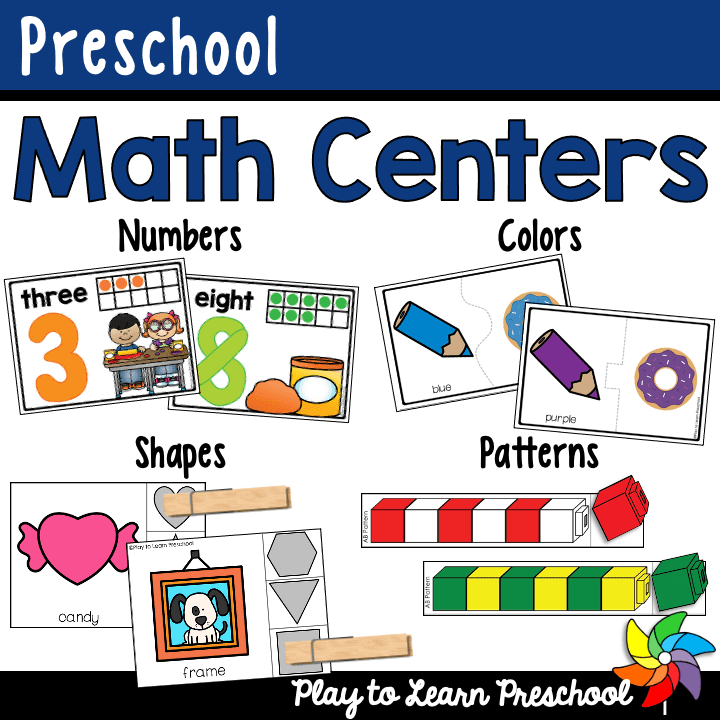Practical classroom solutions that minimize struggles in primary math
Wiki Article
Revealing the Best Faster Ways for Solving Math Issues Swiftly
In the domain of maths, efficiency is vital. Understanding faster ways can change the means individuals approach troubles. From leveraging the distributive property to utilizing fast multiplication strategies, these approaches enhance both rate and precision. Furthermore, acknowledging patterns streamlines complicated computations. As one discovers these techniques, they might reveal unexpected insights that can alter their mathematical experience. What are one of the most reliable techniques that can be easily incorporated into daily practice?Mastering Psychological Math Techniques
How can one enhance their estimation rate without depending on calculators? Understanding mental mathematics methods uses a functional remedy. By utilizing techniques such as breaking numbers into smaller, convenient components, individuals can streamline complex computations. When including two-digit numbers, rounding each number to the local 10 can make mental addition much easier before changing back to the initial values.An additional reliable approach is to exercise reproduction tables completely, allowing quick recall of items. Furthermore, recognizing patterns in numbers can help with much faster estimations, such as using the residential or commercial properties of even and strange numbers. Normal method through video games and challenges can even more fine-tune these skills, making mental math much more instinctive.
Inevitably, growing self-confidence in one's arithmetic abilities enables quicker decision-making and improves total mathematical proficiency. By integrating these strategies, anyone can greatly enhance their calculation speed.

Using the Distributive Residential Property
The Distributive Building is a fundamental principle in maths that simplifies estimations by allowing reproduction across addition or subtraction. It is crucial for trainees to understand its application with useful examples, which can enhance their analytic skills. Additionally, recognizing common mistakes can additionally strengthen their understanding and avoid mistakes in future computations.Recognizing the Distributive Property
Understanding the distributive home can substantially streamline mathematical estimations. This basic residential or commercial property states that when increasing a single term by a sum or distinction, one can distribute the reproduction throughout each term within the parentheses. In the expression a(b + c), one can rewrite it as ab + ac. This strategy not only enhances estimations however additionally boosts understanding of how numbers interact. The distributive residential property is specifically valuable in algebra, where it aids in simplifying expressions and addressing equations. In addition, it prepares for a lot more complex principles, such as factoring and polynomial procedures. By grasping the distributive home, trainees can develop a strong structure for tackling a vast array of mathematical difficulties effectively.Practical Instances Illustrated
Why is it vital to use the distributive home in useful circumstances? The distributive property allows individuals to simplify complex calculations, making analytical extra effective. When computing the complete price of several items, one can make use of the expression 5(2 + 3) to find the total price of 5 items priced at $2 and $3. By distributing, the calculation ends up being 5 × 2 + 5 × 3, yielding a quicker outcome of $25. An additional instance remains in algebra, where streamlining expressions like 3(x + 4) can be achieved through circulation, leading to 3x + 12. Such applications show the efficiency of this property in various real-world situations, improving both rate and precision in mathematical analytic.Typical Blunders to Stay Clear Of
Although the distributive home is a powerful tool in mathematics, common mistakes can cause incorrect results. When trainees neglect to distribute the coefficient to each term within parentheses, one constant error takes place. As an example, in the expression 3(x + 4), falling short to use the residential property appropriately can bring about leaving out the multiplication, producing a wrong solution. An additional error entails misapplying the building by adding rather of increasing, specifically when negative indicators are entailed. In addition, trainees may overlook to simplify the outcome, which can unknown errors made during distribution. Recognizing and preventing these pitfalls can boost problem-solving efficiency and precision when utilizing the distributive property in various mathematical contexts.Quick Reproduction Shortcuts
In the domain name of quick reproduction shortcuts, strategies like multiplying by powers of 10 and the increasing and halving technique stand apart. These approaches can significantly streamline computations, making them extra easily accessible. Recognizing these faster ways can boost efficiency in mathematical problem-solving.Multiplying by Powers of 10
When increasing by powers of 10, the process comes to be remarkably uncomplicated, as the operation mostly entails changing the decimal factor. Multiplying a number by 10 requires relocating the decimal one location to the right, while increasing by 100 requires a change of 2 places. This simplicity includes larger powers, where each added absolutely no suggests another decimal shift. As an example, multiplying 5.6 by 1,000 results in 5,600. This method greatly boosts rate and precision, as individuals can swiftly imagine the result without intricate estimations. Such efficiency is particularly helpful in mental mathematics or when time is restricted, permitting fast analytical in different mathematical contexts. Grasping this method is important for any individual aiming to boost their arithmetic abilities.Doubling and Cutting In Half Technique
The Increasing and Cutting in half Technique offers an efficient method for fast reproduction, especially when dealing with also numbers. This strategy entails transforming a multiplication trouble into a simpler kind by either increasing among the numbers and halving the other. As an example, to calculate 16 × 25, one can cut in half 16 to obtain 8 and double 25 to obtain 50, causing 8 × 50, which equates to 400. This method simplifies estimations, making them a lot more convenient. It is particularly beneficial in mental math, permitting individuals to resolve issues promptly and precisely. By leveraging this approach, article trainees and experts can enhance their mathematical dexterity, consequently enhancing total efficiency in mathematical tasks.Reliable Division Approaches
Although department commonly positions obstacles for many learners, employing effective methods can greatly streamline the process. One efficient method is using site web compatible numbers, which involves rounding the divisor and returns to easier values that are close to the original numbers. This strategy makes psychological calculations extra convenient. Another technique is the estimate technique, where students can locate a rough answer prior to implementing the precise division, supplying a valuable benchmark for accuracy.Additionally, the lengthy division strategy stays a staple for splitting bigger numbers. By damaging the process into smaller, extra absorbable steps, students can maintain quality. The repeated subtraction technique can additionally be useful, particularly for those who battle with even more abstract ideas. By systematically subtracting the divisor from the reward, people can picture the procedure. Generally, these approaches can boost department abilities, resulting in quicker and extra precise analytic capabilities.
Rapid Enhancement and Subtraction Techniques
Just how can students boost their speed and accuracy furthermore and subtraction? One reliable technique is to make use of psychological mathematics methods, such as breaking numbers into smaller sized, much more manageable components. When adding 47 and 36, one can first include 40 and 30 to get 70, after that include the continuing to be 7 and 6 to get here at 83. This strategy simplifies computations and decreases mistakes.One more method involves utilizing the number line for aesthetic learners, assisting them to see the relationships in between numbers and boost their comprehension. In addition, practicing with tools like flashcards can enhance fast recall of fundamental amounts and differences.
Students can profit from acquainting themselves with benchmark numbers, such as rounding to the nearby 10, which allows for quicker estimations. By incorporating these methods right into their practice, learners can substantially enhance their rate and accuracy in basic math operations.
Leveraging Estimate for Quick Calculations
Estimate offers as an effective device for improving calculation rate, matching psychological math approaches efficiently. By rounding numbers to their closest entire values, individuals can streamline intricate estimations, making it easier to reach an approximate outcome promptly. As an example, when encountered with a problem like 198 + 267, rounding to 200 + 270 yields a fast estimate of 470, allowing the solver to assess the precision of the last response.Estimation is specifically helpful in circumstances involving reproduction and division. By rounding elements to easier numbers, one can promptly assess approximate items or quotients. This technique not just saves time but additionally aids in determining possible mistakes in calculations.
Recognizing Patterns and Solutions
Patterns and solutions are necessary devices in maths that make it possible for people to fix troubles extra efficiently. Recognizing these patterns enables students to recognize partnerships in between concepts and numbers, which can simplify complex calculations. As an example, identifying the square formula (ax ^ 2 + bx + c = 0) helps with fast solutions to numerous formulas.Moreover, patterns in sequences, such as math or geometric developments, assistance people anticipate future terms without comprehensive estimations. Solutions, on the other hand, function as shortcuts, permitting for faster problem-solving by encapsulating complex More hints connections into manageable expressions.
Often Asked Concerns
Just How Can I Improve My Focus While Fixing Mathematics Troubles Rapidly?
To boost focus while resolving math issues quickly, one can eliminate diversions, set specific objectives, practice mindfulness techniques, take regular breaks, and maintain a consistent research routine to boost concentration and psychological clearness.What Apps or devices Aid With Quick Math Problem-Solving?
Numerous tools and apps, such as Photomath, Microsoft Math Solver, and Desmos, enhance fast math problem-solving. These sources offer detailed options, graphing capabilities, and instant comments, making them beneficial for professionals and trainees alike.Exist Certain Math Shortcuts for Standardized Tests?
Yes, certain math shortcuts for standardized tests consist of techniques like estimation, understanding number residential properties, utilizing the procedure of elimination, and mastering common solutions. These strategies enhance speed and precision, boosting total examination performance.
Just how Do I Exercise Math Shortcuts Properly?
To practice mathematics faster ways efficiently, individuals must consistently address varied troubles, use on the internet resources, and take part in timed drills - struggles in primary math. Consistency and representation on blunders boost understanding, ultimately bring about improved rate and accuracy in computationsCan Shortcuts Be Applied to Intricate Mathematics Problems?
Faster ways can indeed be related to intricate math problems, although their efficiency differs. Proficiency of foundational principles and strategic thinking makes it possible for individuals to simplify procedures, making it easier to tackle detailed computations effectively.By employing strategies such as damaging numbers into smaller, workable parts, individuals can simplify intricate computations. In addition, identifying patterns in numbers can facilitate much faster estimations, such as utilizing the buildings of even and odd numbers. Estimate serves as a powerful device for improving computation rate, matching psychological mathematics techniques effectively. By rounding numbers to their nearby whole worths, individuals can simplify intricate computations, making it less complicated to arrive at an approximate outcome promptly. Recognizing these patterns permits learners to determine connections between principles and numbers, which can streamline complex estimations.
Report this wiki page